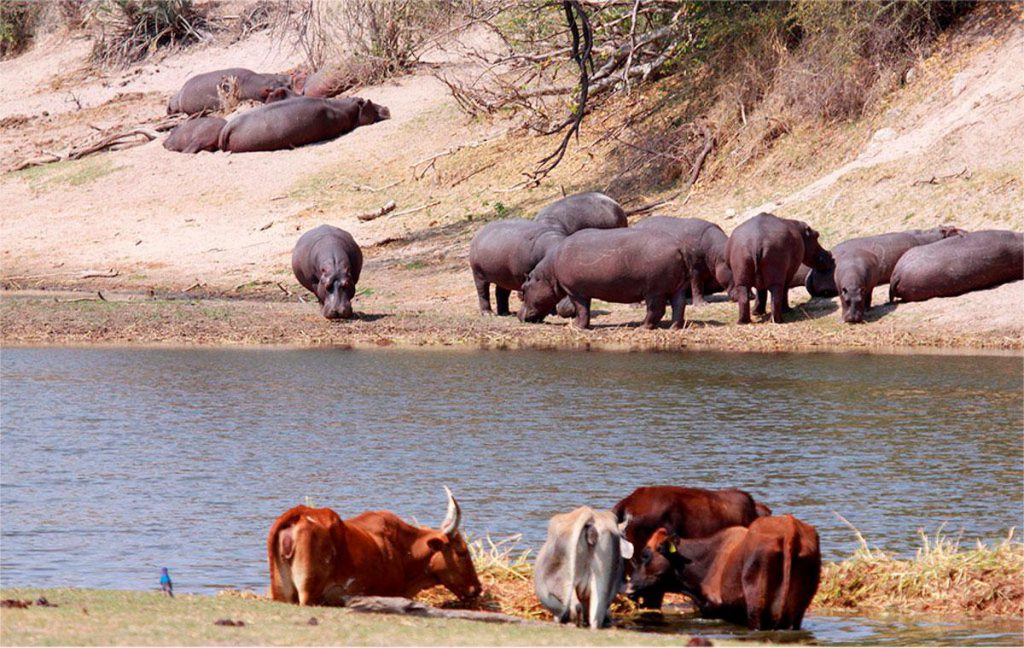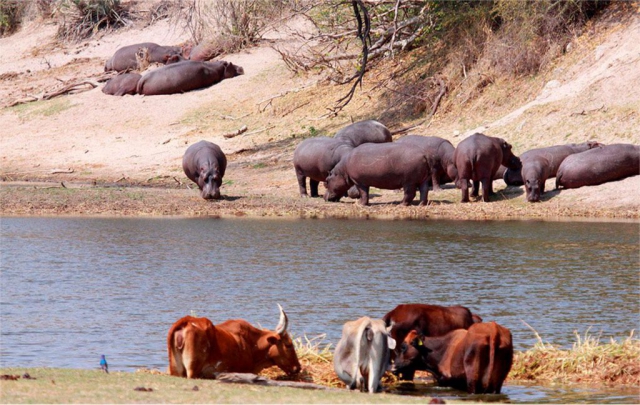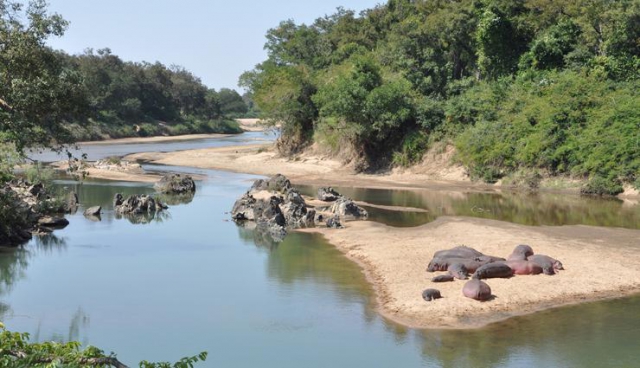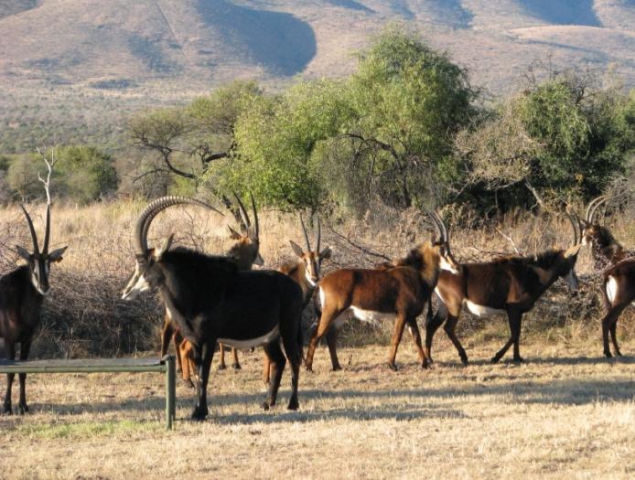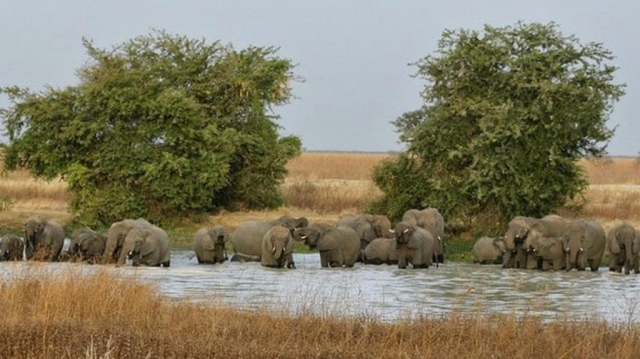Content
Located in the heart of Cameroon, the Faro National Park (in French: Parc National du Faro) extends across a vast and pristine expanse of tropical rainforest. With its rich history, unparalleled biodiversity, and a wide variety of tourist activities, this park is a true treasure for nature lovers. The park covers an area of 3,300 square kilometers, close to the border with Nigeria.
Biodiversity of Faro National Park
The park is home to an impressive diversity of wildlife. From the African forest elephant to the western lowland gorillas, the park serves as a sanctuary for several endangered species, including rhinoceroses, black elephants, cheetahs, and a thriving population of hippos. The flora is equally impressive, with countless species of trees and plants.
Attractions and Tourist Activities
Visitors can enjoy a variety of exciting activities, such as safaris, hiking, camping, and cultural visits to local communities. This park offers a unique opportunity to experience the wild beauty of Africa up close.
Visitor Information
The park is open year-round and accessible by road from nearby cities. Visitors are advised to be aware of park regulations to ensure their safety and the conservation of the local ecosystems.
Conservation and Sustainable Development Initiatives
The Cameroonian government, along with various international NGOs, is working hard to ensure the protection and conservation of this valuable ecosystem. Conservation efforts also include promoting sustainable development through tourism and benefiting local communities.
Threats and Challenges for Faro National Park
Despite its significance, the park faces numerous challenges, such as climate change, poaching, and deforestation. However, mitigation strategies are being implemented to combat these issues.
Looking to the Future: Plans for Faro National Park
Future plans for Faro National Park include expansion and improvement projects, promoting sustainable tourism, and conducting deeper scientific research on its unique biodiversity.
